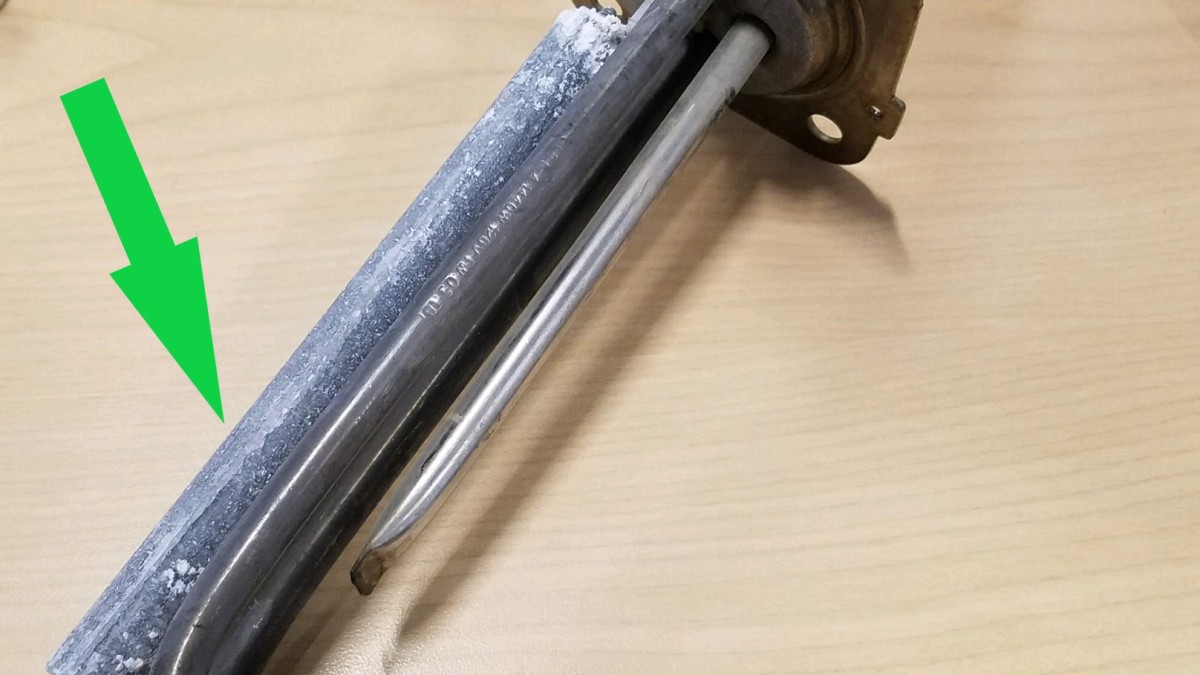
Maintaining the anode rod in your electric mini tank water heater is essential for prolonging the life of any unit by any manufacturer. The anode rod is a sacrificial metal rod placed inside the tank to protect it from corrosion. Without proper maintenance, the rod will deplete over time, leaving the tank vulnerable to rust, leaks, and potentially costly damage.
In this blog post, we'll cover the importance of the anode rod, how often it should be checked, and how to replace it when necessary.